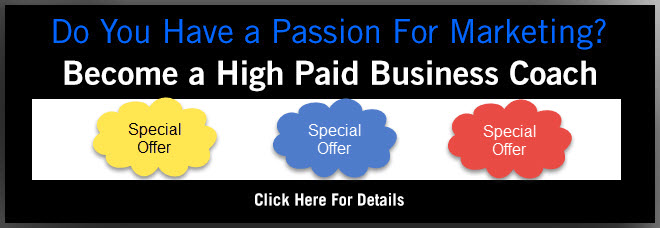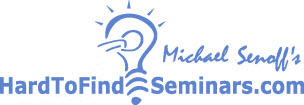|
Brad
Gaines will never tell you he’s an HMA
consultant. Around town, he’s known as a
business growth advisor and the co-owner of
Reset Strategies. But he’ll be the first to tell
you where he gets his strategies for walking
business owners through the process of
guaranteed growth… without spending any more on
advertising. The HMA System.
Brad starts all of his clients off with what he
calls a “30-day reset,” which is basically the
opportunity analysis from the HMA System – a
“CAT-scan-like” process for determining the
areas a business is underperforming in while
also finding any lost money.
But here’s where HMA is different. After the 30
days are up, Brad hands his clients a detailed
action plan… that 97% retain Reset Strategies to
put into action. Clients pay $7,800 for the
initial 30-day reset and thousands more a month
for a retainer.
HMA consultants are usually paid per project.
And in this audio, you’ll hear all about Brad’s
amazing success, exactly how he’s taken the HMA
System and tailored it to his own business needs
and style, along with “behind-the-magic” secrets
he uses for getting his clients fast results.
You’ll Also Hear . . .
• The one area almost no one beats the HMA
System in – Brad called all 200+ marketing firms
in his area, and he’s the only one doing this
(most even laughed at the idea)
• The power of knowing your customers’ average
lifetime value number: how to leverage off of it
to open a floodgate of opportunities, use it to
make quicker, smarter business decisions – and
determine it using an easy formula
• The pre-marketing before the marketing Brad’s
company does to get prospects excited about
their 30-day reset – long before they even step
through the door
• A little-known fact: If you open your sales
pitches in just the right way, you may never
have to worry about closing them again – here’s
how Brad does it
• The 4 little words Brad added to a nonprofit’s
sales script – that sent donations through the
roof
• Sales phrases that actually work (Customers
will never know these are scripted sales lures
because they sound like normal conversation)
• Psychological (maybe even sneaky) tricks for
getting your direct mail opened – and the 3
questions you should ask yourself that almost
guarantee a successful mailing
• Marketing secrets revealed: How Brad helped a
doctor’s office improve their rescheduling rate
by 42% just by implementing one strategy – the
simple change Brad made to the wording of one
sales letter that brought in so many clients the
business had to hire two more employees… and
more
“Would you like fries with that?” Asking that
one simple question increased McDonald’s profits
by billions, and it didn’t cost them a cent to
implement.
That’s the kind of marketing strategies Brad
hands his clients at the end of their 30-day
reset. With the help of the HMA System behind
him, he figures out how to solve their marketing
problems by leveraging off the assets they
already have.
And in this audio, you’ll hear the amazing ways
Brad’s been putting his spin on the HMA system
to make it his own, and how you can too.
For more details click here or
click on this banner below.

|
